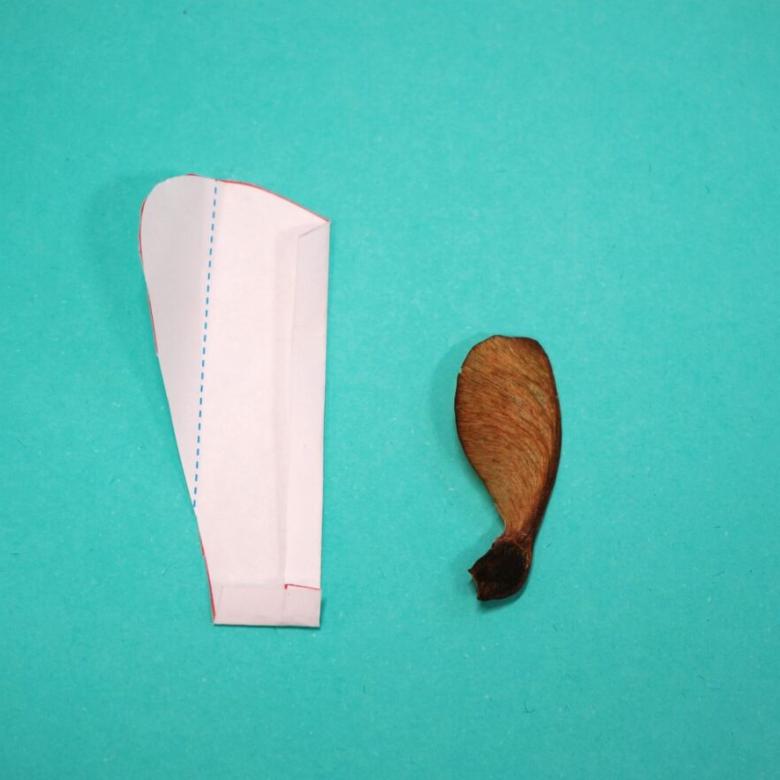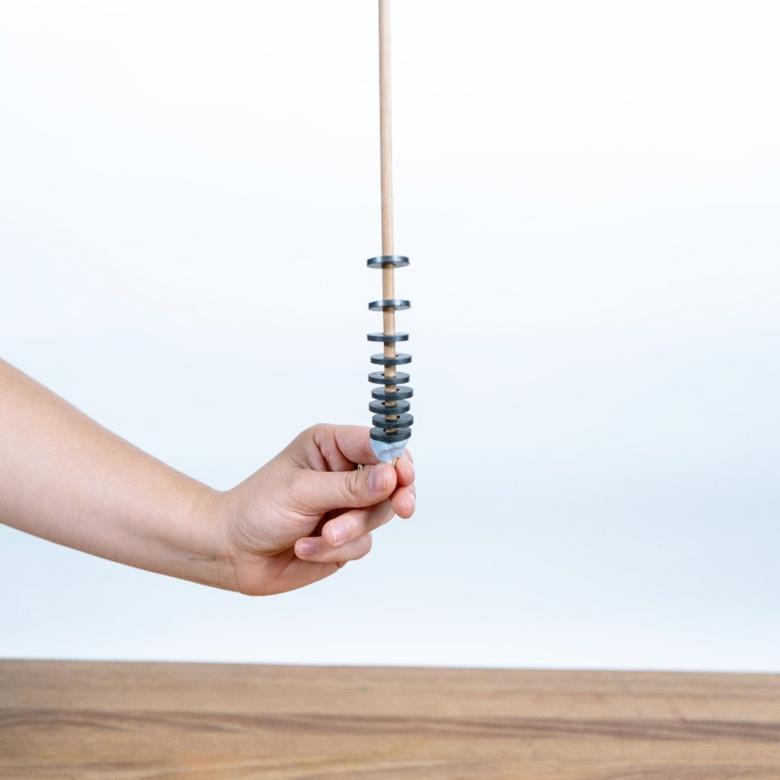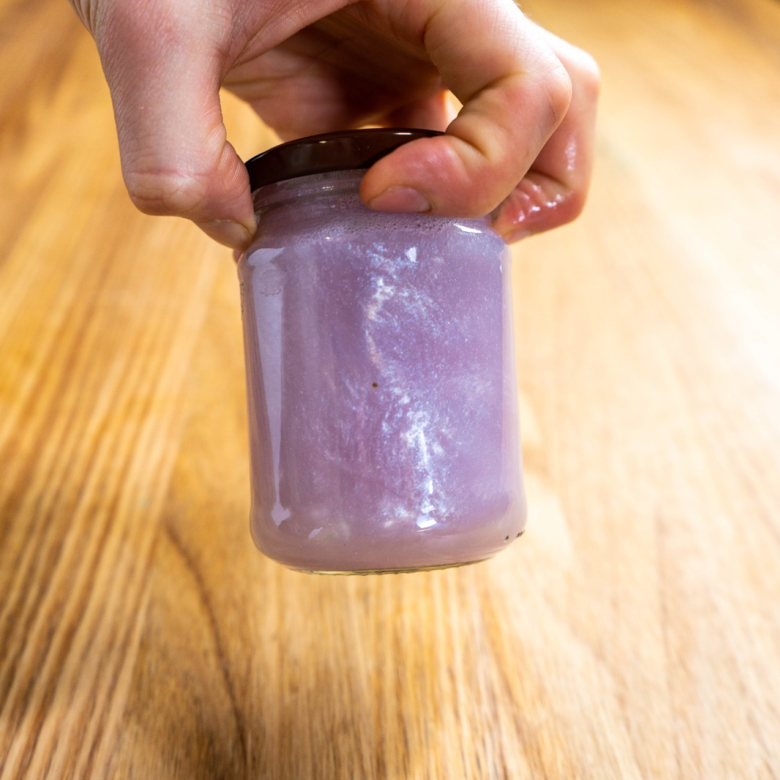You’ll need
- A large mixing bowl or similar container (big enough to fit both your hands in)
- Cold water (enough to fill the mixing bowl about three-quarters of the way)
- Ice
- A spoon
- 3 medium-sized ziplock bags
- Soft margarine or lard (enough to almost fill a medium resealable bag)
- A towel (optional, to catch any water spills)
What to do
- Gather your materials on a flat surface. Spread the towel out on the surface.
- Fill the bowl with water and ice to make icy-cold water.
- Use the spoon to almost fill one of the bags with soft margarine or lard.
- Force a clean bag into the middle of the margarine (making sure that the openings are on the same side) so you have an even layer of margarine around the sides and bottom of the empty bag.
- Put your right hand in the empty bag so that your hand is surrounded by margarine. Put your left hand in the third clean bag. If you can, have someone seal the bags around your wrists.
- Place both hands in the icy water, being careful to keep the openings of the bags above the water so that water doesn’t get into the bags.
- Keep your hands in the water for about 1 minute or until they feel uncomfortable.
Questions to ask
Which hand felt colder?
How long can you keep your hands in the icy water? Did you last longer with your right or left hand?
If you try this challenge, make sure you set a time limit for how long you leave your hand in the icy water. The Mythbusters set a limit of 3 minutes when they tried this experiment, but you might want to go even shorter than this!
Try other materials in place of the margarine or lard (like cottonwool, tissues or vegetable oil). Are they better or worse at keeping your hand warm? As well as how cold your hand feels, is there a way you can measure which materials are better or worse?
If this is done as a classroom activity:
- Keep a tally of the number of students who felt their left hand was colder, felt their right hand was colder, and couldn’t tell the difference. Discuss the results with the class.
- Gather the results of how long people lasted with their hands in the icy water and which hand lasted the longest. Present them in an appropriate way to explore the maths in this activity.
What's happening
The left hand (in the third bag) usually feels colder than the right hand. Heat moves from warmer objects to cooler objects. A human’s body temperature is 37 °C, and the temperature of the icy water is close to 0 °C. Because there is no barrier between the bag and the left hand, the heat from the hand easily moves into the cold water, making the left hand feel cold.
The right hand feels warmer because the margarine or lard is a barrier between the cold water and the hand – it acts as an insulator. This slows down the transfer of heat from the right hand to the cold water.
In this activity, the bag is like the skin of a whale, and the margarine or lard is like its blubber.
Whales are mammals, and all mammals are endothermic – this means that they produce body heat through chemical processes in their body. Whales live in a marine environment that is colder than their body temperature. Amazingly, some whales live part of the year in Arctic or Antarctic waters where the water is nearly freezing. Whales can survive in cold ocean waters because they have many adaptations (or changes made through evolution) that help to keep their bodies warm. One of these is being able to maintain their body temperature at close to 37 °C by controlling how fast they can produce heat. They also have a thick layer of fat, called blubber, just beneath their skin. The blubber is an insulator that slows down the transfer of heat from their warm bodies to the cold ocean water.
Did you know
When southern humpback whales are first born, they don’t have enough blubber to survive in cold Antarctic waters. Adult southern humpback whales migrate from Antarctica to the north-eastern coast of Australia to give birth to their calves in warmer water. The calves feed on their mother’s milk, grow quickly and develop a layer of blubber. Once the calves have enough blubber, they migrate south to their cold Antarctic feeding grounds. To learn more, visit the Oceania Project website.






